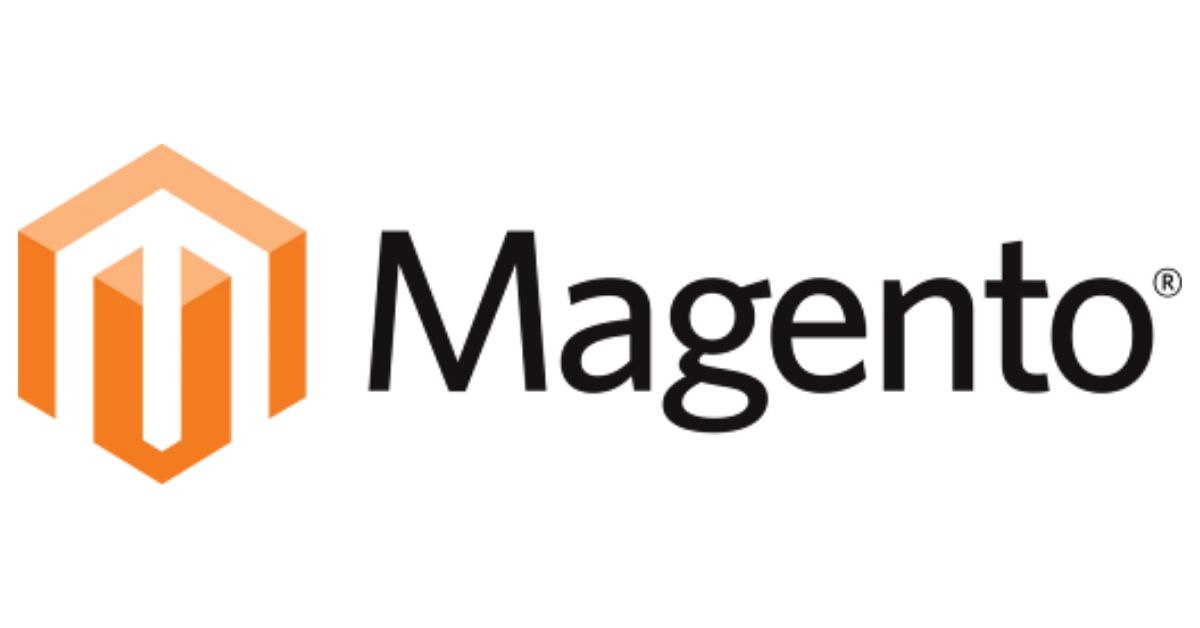Magento in e-commerce is an essential component of any modern business that strives to succeed. The platform has been actively developing for a long time and continues to occupy one of the leading positions in online commerce to this day.
Thanks to it and the Magento development company, you can significantly advance your business by increasing traffic, increasing sales, and strengthening your position in the market.
Magento evolution: stages of development
How did the process of its evolution take place? The process of transformation of this platform itself was not fast, but very productive.
In the early 2000s, the process of developing this platform began. The main task was to meet the needs of small and large businesses. Thus, a flexible and expandable platform for online commerce of various levels was created. It was first talked about only in 2008 after its presentation by Varien.
In 2010, Magento released a commercial version of Magento Enterprise, which is even more powerful in functionality. This transformation gained even more recognition and fame.
The next stage in the evolution of the platform was the acquisition of eBay in 2011. And in 2018, it was sold to Adobe for a tidy sum ($1.7 billion). Since then, the platform has been actively involved in the Adobe Experience Cloud ecosystem and has been expanding effectively, and functioning to this day.
The entire process of evolution and development of the platform is conditionally divided into the following stages:
- 2008-2015 – the time of creation, launch of the first version, and growth of the user base. Magento 1 was considered an ideal example for building online stores due to its flexible architecture and active community of developers.
- 2015-2018 – the stage of formation of the second version, when significant improvements were introduced in the performance, interface, and architecture of the platform. Magento 2 was almost completely rewritten from scratch. Then it received support for PHP 7+, integration with Redis, Elasticsearch, Composer, and other modern technologies. During this period, preparations for the sale of Adobe are also underway, with new functions and extensions being actively introduced.
- After 2018 — the time of integration with Adobe, when positions in the e-commerce market were strengthened, as well as the development of cloud solutions. After the purchase of Adobe, two versions were allocated. One was the free Magento Open Source, and the second was the commercial (paid) Adobe Commerce, which includes advanced functionality, support, and scalability for large companies.

Key Features
What is so special about this platform that it has become so famous? Its key aspects are:
- extensibility through modules and integrations (Magento allows you to easily add or change functionality without interfering with the core of the system);
- support for multi-stores (with its help, you can manage several stores from one admin panel, which is convenient for trading in the international arena);
- support for various payment and delivery methods (the platform supports popular payment gateways and delivery services, and also provides the ability to integrate with ERP and CRM systems);
- integrated marketing tools (Magento includes tools for optimizing search results, and managing promotions, coupons, and loyalty programs);
- security and performance (the platform is constantly updated, supports modern security standards, and also demonstrates high performance).
Magento is your ideal option for creating online stores of any complexity.











